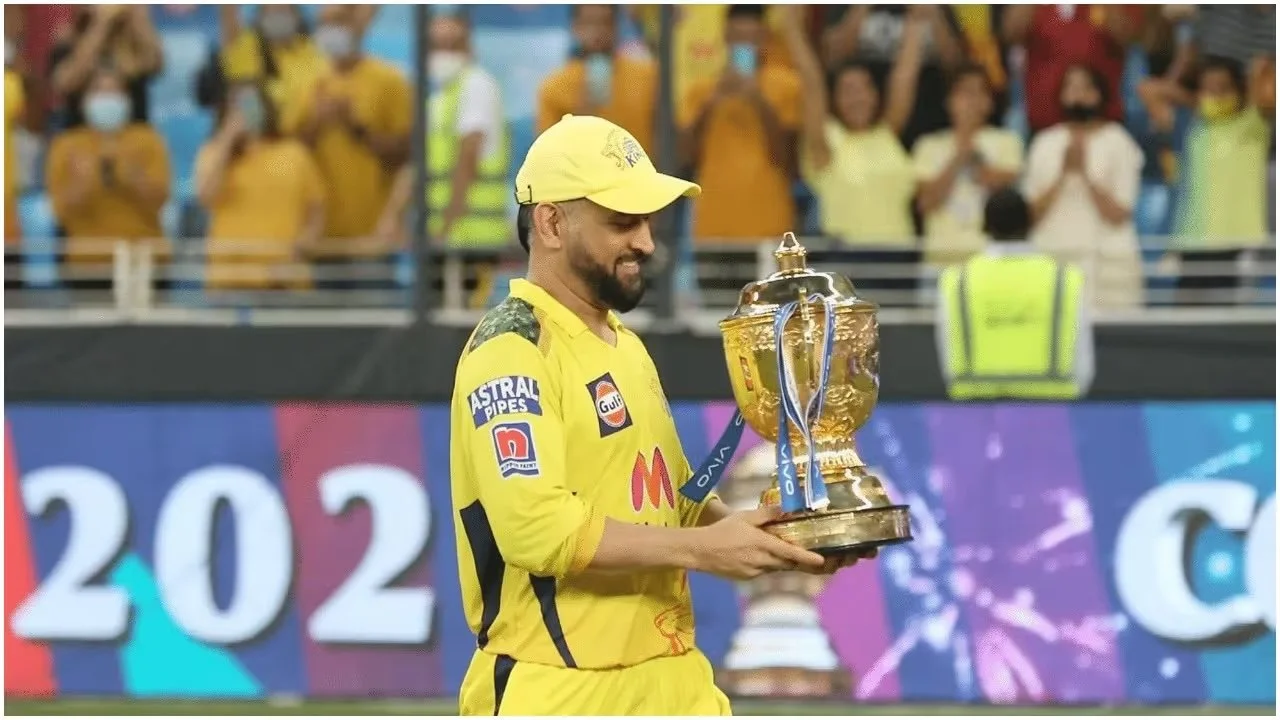MS Dhoni’s Career Shift And What It Tells Us About Performance, Longevity and Sponsorship Value
In elite sport, sustained success depends not only on talent, but on timing, recovery, and strategic decision-making. Cricket, particularly in its modern, commercialised form, places extraordinary demands on players. Multiple formats, congested schedules, global travel, and high expectations create a pressure cooker where both physical and mental fatigue can accumulate fast.
One player who saw this early, and responded with clarity, was MS Dhoni.
When Dhoni stepped away from Test cricket in 2014, it was seen by some as premature. In reality, it was a calculated decision that extended his career, enhanced his performance, and positioned him to thrive in the world’s most commercially valuable T20 competition; the Indian Premier League (IPL).
MS Dhoni’s career could be studied as a model for how athletes, and the brands that back them, can get more out of peak performance by rethinking workload, format focus, and preparation.
The Demands of the Modern Cricket Calendar
International players today are expected to feature in up to 15 Tests per year, each stretching over five days, with training, travel, and often up to two-week acclimatisation periods layered in. For a captain, those demands are magnified, mentally, emotionally, and logistically.
It’s a punishing cycle. And it’s one that can leave little space for recovery, reflection, or family life, factors that are essential to long-term performance and wellbeing.
Dhoni’s Strategic Shift
Dhoni’s decision to step away from Test cricket, and later international cricket entirely, was less about retiring and more about refining. By committing fully to the shorter format, he freed up bandwidth to recover physically, reset mentally, and invest more time in tactical preparation.
The results speak volumes.
Three IPL titles after Test retirement (compared to two while playing Tests)
Career-best batting averages in 2018 (75.83) and 2019 (83.20)
Top scores of 79*(2018) and 84*(2019) in those same seasons
Far from fading, Dhoni flourished thanks in large part to longer recovery windows, fewer competing demands, and the ability to channel energy into preparation and performance.
A Growing Trend
Dhoni isn’t the only elite cricketer to rethink the traditional path. Ben Stokes took a break from the game citing mental fatigue. AB de Villiers retired early from international cricket to focus on leagues with more flexible demands. Even Virat Kohli has spoken openly about burnout, calling for more honest conversations around workload.
What Dhoni did differently was anticipate the issue early, and act proactively.
Fan Moments Drive Commercial Returns
From a fan’s perspective, these high-performance decisions deliver value too. Supporters come to the IPL for moments of brilliance: the late finishes, the captain’s knock, the last-over win. These moments are what elevate the fan experience and keep global audiences engaged. And that’s precisely where the commercial return comes in for the career-changing decisions that Dhoni has expertly navigated.
The Sponsorship Perspective
Sponsors in competitions like the IPL pay premium rates for exposure, and that exposure becomes more valuable when it’s tied to strong, consistent performances. A Dhoni six in the final over turns a simple shirt sponsor into a multi-channel viral asset which can be utilised across digital platforms, league and team communications and sponsor activation activity. Strategic rest, and the performance it enables isn’t just good for players. It’s commercially advantageous for brands.
As athletes get older, recovery naturally takes longer. By narrowing format focus and extending preparation time, they can maximise output in high-impact environments, and bring more value to sponsors and franchises who rely on their success.
A Blueprint for Modern Cricket?
Not every player can or should walk Dhoni’s path. Test cricket remains a cornerstone of the sport, and multi-format players will always have their place. But the message is clear: for players seeking longevity, and for brands seeking value, there’s merit in being selective.
Fewer games. Sharper focus. Higher peaks.
By stepping back from one format, MS Dhoni stepped into a space where preparation, performance, and leadership converged. The outcome was not just personal success, but enhanced value for fans, franchises, and sponsors alike.
For athletes, rights holders, and commercial partners, the lesson is simple: managing workload isn’t a weakness. It’s a strategic strength.
If your organisation is looking to unlock more value from athlete performance, strategic storytelling, and commercial alignment, Sport Science Agency can help. Let’s talk about how an athlete-driven content strategy can support your brand or rights holder ambitions.

